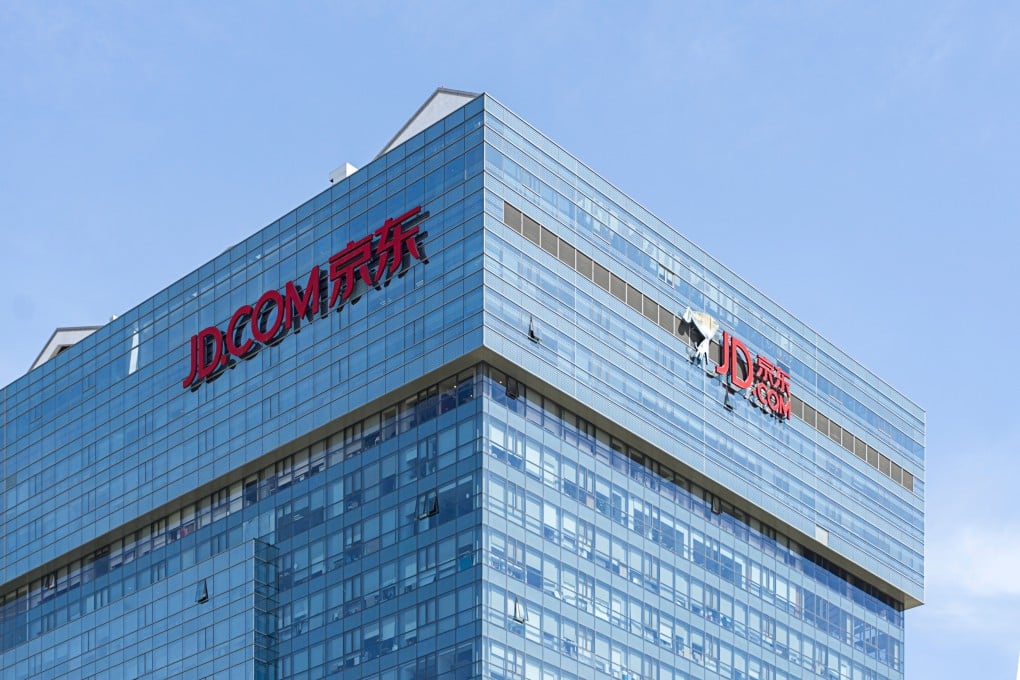Alibaba, JD.com restructure e-commerce operations to boost growth in sluggish market
- Alibaba has established three new industry development units based on consumption trends and user demand scenarios
- Beijing-based JD.com is conducting a new round of restructuring, flattening the management structure in its retail business

E-commerce giants Alibaba Group Holding and JD.com are adjusting their retail business operations after implementing major restructuring moves last month, with the latest efforts aimed at boosting sales amid China’s sluggish economic recovery.
Alibaba has reorganised its Taobao and Tmall businesses by establishing three major industry development departments based on consumption trends and user demand scenarios, some local media reported on Friday. Alibaba, based in Hangzhou in eastern Zhejiang province and the owner of this newspaper, confirmed the changes.
The head of three new departments will report to Trudy Dai, president of Alibaba’s Core Domestic E-commerce unit, which currently comprises Greater Taobao (Taobao, Tmall, Alimama), B2C Retail (Tmall Global, Tmall Supermarket, Tmall Luxury), Taocaicai, Taobao Deals and 1688.com.
Separately, JD.com is conducting a new round of restructuring, flattening the management structure in its retail business. The Beijing-based company will no longer have different teams for its own stores and third-party stores operated by outside merchants, according to a person familiar with the matter.
“I think they made the changes because both Alibaba and JD.com’s business was not doing very well last year,” said Li Chengdong, founder of Dolphin, a Beijing-based consultancy. “Although you can cite macro headwinds as part of the reason, their competitors like Pinduoduo and Douyin are actually doing well. The adjustments are also [related to intensifying] competition.”
Li added that the changes were mainly designed to improve the flexibility of their businesses, helping the organisations respond faster.